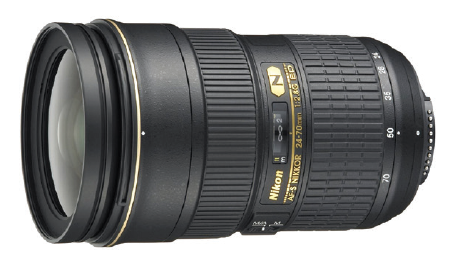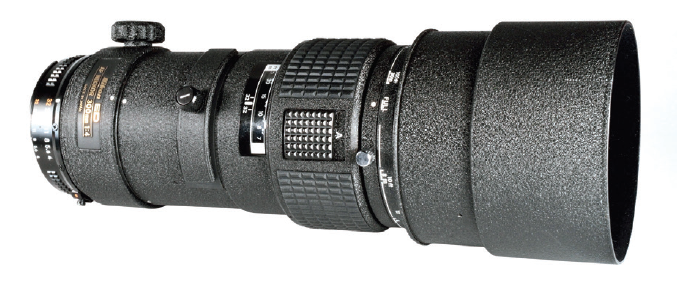Feature Image Photo Credit Connor Gabbott
To capture unforgettable images, a great lens is at least as important as the camera. Here in Part 2 of The Forgotten Half, Tony provides his specific recommendations on what to buy no matter what your budget or goals.
Long Lens Zooms
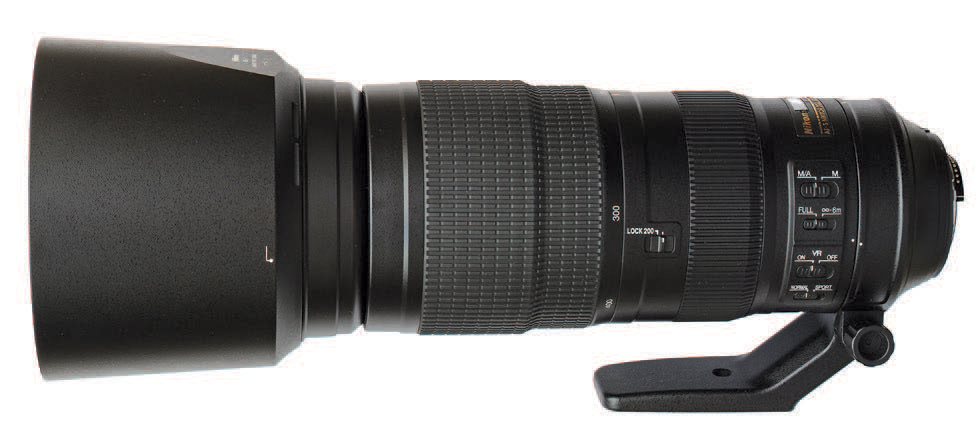
The 200-500mm (2 to 5) is brand new to Nikon, and no other manufacturer makes this lens. It’s a great combination of medium to long telephoto. It has fast, accurate focusing, great color, is relatively lightweight, and packs nicely. It’s not a mountain lens, but it’s as close as you can get and still have 500mm magnification. Image quality is good; not as good as a prime lens in the same focal length, but good enough. As with all telephoto lenses, shooting technique is important.
The lens is considered “slow” because of its small diameter aperture (don’t confuse “slow” with the focus speed – this lens still has fast, smooth focus). At its widest aperture, it’s a 5.6. This limits lowlight shooting but it can be used effectively with higher-end DSLRs like the D700, D750, D4, D4S, and D5, and to some extent the new D500, due to their incredible light sensitivity.
The weakness of a slow lens is ability to gather light. There’s always a tradeoff. What you give up in making the lens aperture smaller, you gain in overall size and weight. For traveling photographers, this is of critical importance.
The lens will fit and focus properly with all modern Nikon DSLRs. If you want to get into to the telephoto lens space for shooting wildlife including birds, this is an excellent choice. The price point is amazing, too, and this lens is small enough to go just about anywhere.
Frankly, I can’t believe Nikon can put this much quality into a lens and sell it for $1400. Because it’s so new, we’re not sure of its durability, but if it’s anywhere close to the new generation 80-400, it will last.
__________
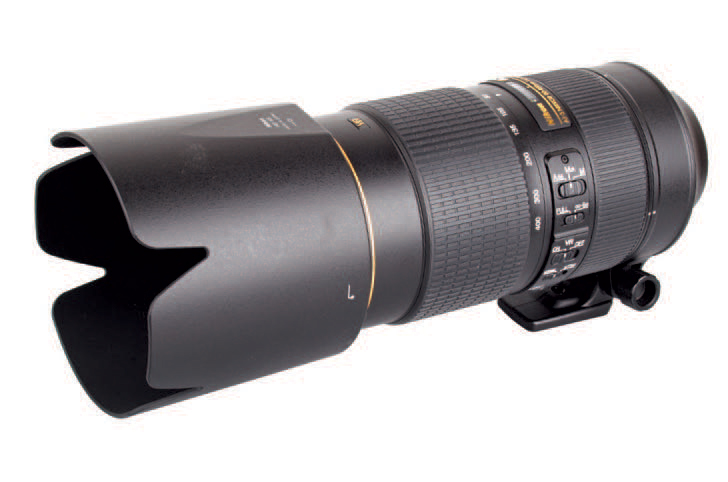
(Canon equivalent is the 100-400mm)

Canon 100-400mm
The first generation of this lens was just average. The new, long-awaited second generation has excellent image quality. Its extreme zoom range from 80mm to 400mm (160-600mm on a 1.5x crop sensor camera) really covers most of what a wildlife photographer would need. I’ll admit I was skeptical of this lens before I purchased one, because at $2300, it still was a significant investment for an unproven lens (it’s mainly a backup, but occasionally it’s my main lens on tough trips when space and weight are a priority or when I travel on small, two-seat airplanes).
Fortunately, it’s usable in many situations. What it lacks in image quality, it makes up for in size, because it can go more places. Smaller and lighter than the 200-500mm and only 100mm shorter, it’s the best lens in the consumer telephoto zoom category – hands down. If I had one choice for a small telephoto zoom, this would be it, period.
You can add the TCE III 1.4 tele-extender, making this roughly a 700mm f8 on a full-frame or roughly an incredible 300-900mm zoom lens. I wouldn’t recommend this, but Nikon did design it to fit. If you put a tele converter on this lens, only professional-level bodies like the D4, D5, and D500 can auto-focus it. The lesser bodies weren’t designed to focus at f8 or above with this lens.
A colleague told me he sold his 200-400mm f4 af-s VRII Nano and now exclusively uses this lens for wildlife. I can’t go that far. I haven’t seen his files, but he’s apparently found a way to make it work.
__________
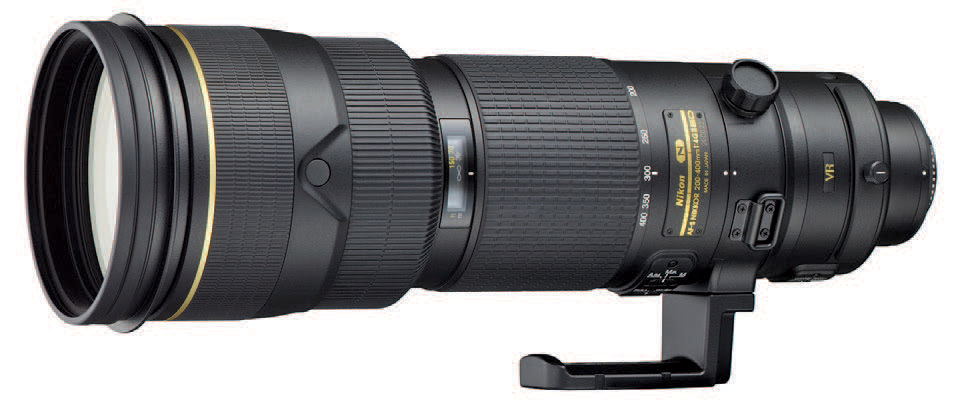
This is my go-to workhorse lens. If I could have only one, this would be it. I wouldn’t say that if I was a birder, but I’m not. On the Canon side, there’s the Canon 200-400 – only about two years old now, whereas the Nikon af version has been around for about 6 years. I’ve seen guys who used to shoot primes switch over to this lens.
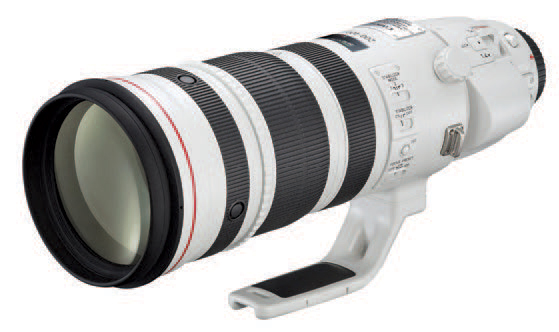
Canon 200-400mm
The unique thing about the Canon version over the Nikon is the Canon has a built-in 1.4 tele-extender. While I haven’t used it, I’ve watched some of the world’s best professionals shoot this lens as their bread and butter, almost divorcing the bigger 600mm f4 lens.
This lens can be shot wide open at f4 at the end of its zoom range and still produce cover quality images. This is really where this lens outperforms any consumer zooms – you can shoot this lens wide open and get sharp images. With other zooms, you’ll need to stop down a stop and avoid shooting at either extreme end of the zoom. The downside to the 200-400mm lens is that it’s heavy…and expensive. In most cases, it’s out of reach of most consumer or amateur photographers.
If you want to get closer to creating the sharpest images possible and still have some zoom, I’d suggest buying a used, first-generation VR af-s 200-400mm lens. They are very inexpensive as compared to MSRP, and there’s almost no difference in image quality over the newer model. Take my word for it, I’ve owned four and tested them all, even against the 80-400 and the 500 f4 prime. I couldn’t tell the difference between the images.
__________
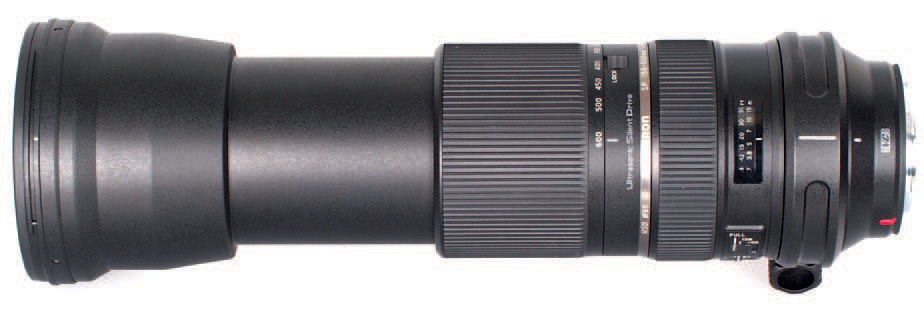
This and the Sigma “Bigma” (the new Sigma 150-600 DG OS HSM) are both about the same. I’d give a slight edge to the Sigma, but overall, neither is as good as the Nikon options (Canon doesn’t have an option in this class).

Sigma 150-600mm
While it might seem great to be able to zoom out to 600mm, there’s almost nothing good about the files. They are soft – the background often looks digital, not soft and creamy. Unless you can nail the shot, both with focus and great lens technique, you won’t do much with the images shot at 600mm – particularly if the subject is far away.
If you’re just documenting wildlife and don’t need to print them large or sell files, it would be a good choice. The autofocus is a little slower on both lenses, but it’s still fast enough to shoot most big game or slower small game. I wouldn’t go after pintails in flight with these lenses and expect a lot of keepers.
I’ve gone through many third-party lenses and wouldn’t spend money on them, except for a few exceptions – the Sigma Art collection and the higher-end Zeiss lenses. I don’t have any confidence in either Tamron or Tokina.
__________
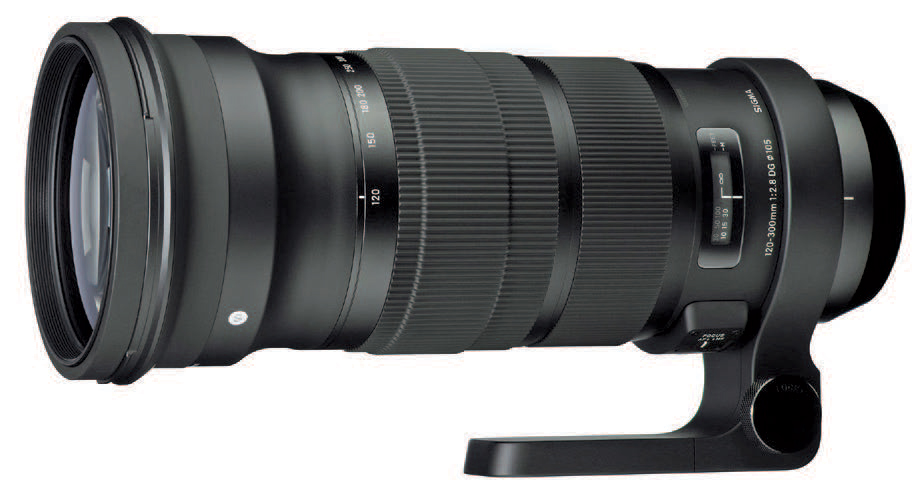
This is one of my all-time favorites. Yeah, I said don’t buy third party, but I also said unless there’s no other option. Before the 200-400 came out, I used this lens all the time; it later became a backup. It still delivered stunning images, until I dropped it and destroyed it. Remember what I said about customer service? I had a slightly older model and they discontinued it, so they wouldn’t service the lens. I was out over $2500!
For shooting sports like rodeo, horseracing, baseball, nighttime football, or other events in lower light, this is still the lens I’d choose to shoot. If you buy one, be sure to do some testing with it once you get it and return it if it’s not up to standards. It may take a couple versions to find one that’s sharp, or you may have to send it in to Sigma, but when this lens works, it’s really good.
Primes
Nikon/Canon 35mm 1.4, 24mm 1.4, 50mm 1.4, 85mm 1.4, 200mm f2, 400mm f2.8, 500mm f4, 600mm f4 – $500-$12,300
These are truly the workhorse lenses of the professional outdoor photographer. You’ll find at least two or three of these lenses in nearly every outdoor photographer’s collection and I’d bet that almost every photographer worth their salt owns a 50mm. One of the main reasons these are the go-to lenses is build quality. They are simply built to take punishment.
You’ll pay 2-15 times more for these lenses than lower-grade equivalents, but if you demand gear that works, there are no other options.
Finally, if you want that great, shallow depth of field –the glamour look – you’ll have to get into shooting wide aperture lenses or become a master at Photoshop. You’re better off making good images right out of the camera.
Short to Middle Zooms
Nikon 70-200mm f2.8 af-s VR II Nano – $2100
This is one of the most widely owned zoom lenses. It has superior image and build quality. It’s a little heavy, but it’s quality. I seldom leave this lens at home. It pairs well with a 1.4 tele-converter to make it roughly a 100-300mm lens. I don’t like using tele-converters, but this lens is capable of handling them.
This is one of my most used lenses for travel and “run and gun” photography. It’s fast enough to be useful in lower light, it has VR, and the glass is good. There’s some slight distortion, but nothing that Lightroom can’t fix with one click.
I shoot this lens mostly at f5 or above. It can be okay at f4, but you’ll get serious vignetting – which also can be helped in Lightroom – but it’s just not good wide open.
This is the lens I never leave at home. I can shoot landscapes, wide-angle wildlife, and I can zoom in and block out elements I don’t want in the shot. It’s not the sharpest or best lens out there, but in some cases you have to compromise. It’s not ideal for a lot of types of photography, but I recommend it for run and gun, everyday use, hiking, and general documentary photography. There’s an older version of this lens; it’s not as good, but it’s 1/3 the price!
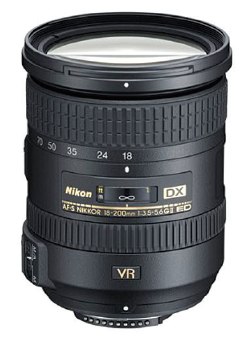
This is another great option for a goodall-around lens that will work on all new crop sensor cameras. This lens isn’t as sharp as the 24-120, but it’s close, and you get an extra 80mm on the long end and 6mm on the wide end. That 6mm on the wide end is a lot; you’ll notice it over a 24mm. I’ve shot this lens, but I don’t own it. However, I’ve seen and heard good things. If you can only have one, this would be a fantastic choice!
Nikon/Canon 24-70 f2.8 – $1800
This is a pro photojournalist’s workhorse. This lens is expensive, but it’s fantastic – one of the best middle zooms ever made. You’ll pay through the nose for it, but if you want to shoot shallow depth of field, this lens will go all day long stopped down about 2/3 of a stop! It’s heavy, a bit bulky, and I don’t like the design, but the image quality is outstanding.
The 14-24 set the standard for a wide-angle zoom. 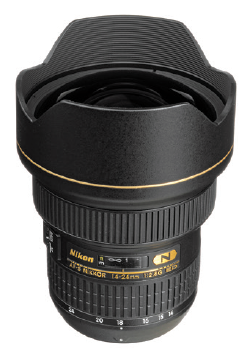
Great Affordable Lenses (if you can find them)
Nikon 180mm ED f2.8 – $250-300
It will be hard to find a sharper telephoto lens at this price. The lens mates well with tele-converters, and when used as a straight 180mm lens, it’s a great, long portrait lens and is at the lower end for wildlife.

This is a fantastic lens for the new photographer who wants superior image quality right out of the gate. This zoom range is still the standard for professional photographers. Every pro probably has some variation of this lens. This model is a bit bulky and the focus isn’t very fast (on some consumer-grade cameras you lose autofocus), but it’s sharp. This lens will make your subject “pop”. Buy this zoom range or this lens for just about everything.
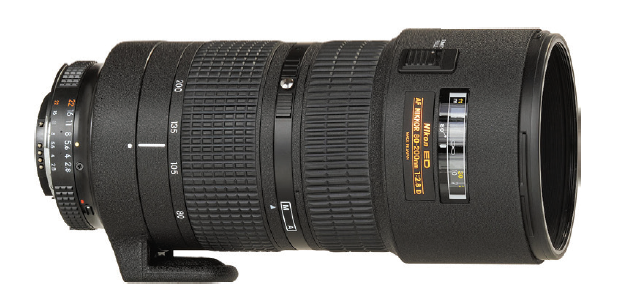
This is a super sharp prime lens that also takes a tele-converter well. If I were just getting into wildlife photography, I’d buy this lens and make it work. For its relative small size, low price, and superior image quality, you’d be capturing professional images the first time out. Using this lens will help you understand and appreciate how good prime lenses really are. I see people using this lens all the time. It won’t autofocus on consumer-grade DSLRs. It will maintain auto focus – albeit slow – with the D3, D700, D4, D5, and a few others.
Tony’s Final Recommendations
Telephoto Lens:
Nikon – 80-400mm af-s VR
Canon – 100-400mm IS USM
Middle to Normal Range:
Nikon – 24-120mm f4 or 18-200mm
Canon – 24-105mm f4
Wide-Angle:
Nikon – 14-24mm f2.8 afs
Canon – 11-24mm f4
Sigma – 24mm 1.4 Art Series (not weatherproof)
Tony’s Final Tips
- Buy genuine products made for the U.S. Market – don’t buy gray market equipment.
- Buy manufacturer lenses over third party unless a third party makes a lens that your camera manufacturer doesn’t make (Sigma 120-300mm f 2.8 for example).
- Fixed aperture lenses generally produce better images.
- Use a clear filter to protect the front glass element. You can remove it for specific shots.
- Don’t use tele-converters unless you have to.
- You can’t fake, create, or somehow hammer out sharpness from a file that’s soft due to inferior lens quality.
- Cheaper lenses can’t resolve to the level of today’s superior sensors. So, if you have a new camera body with a large sensor, you must match it up with quality glass. If you don’t, it would be like putting fixed iron sights on a long-range rifle.
- Most third-party manufacturers won’t provide support after only a few years. I’ve experienced this with Sigma on several occasions.


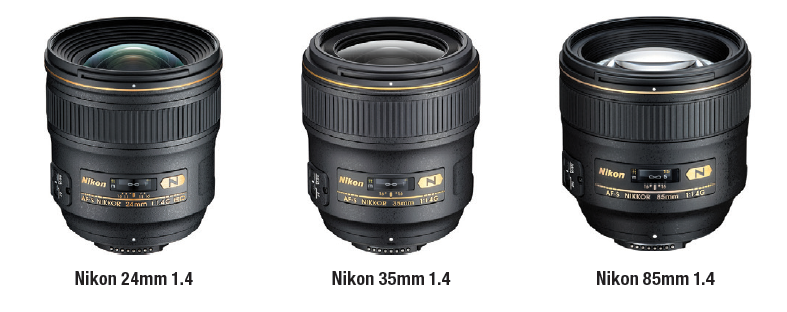
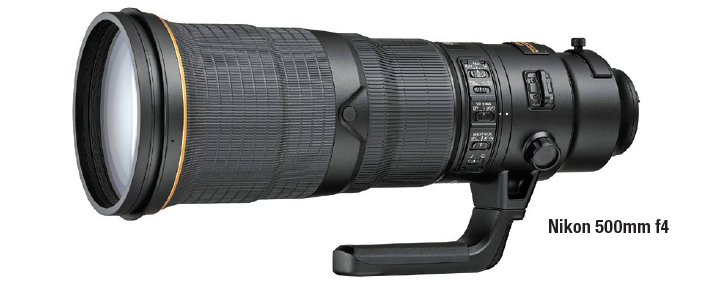
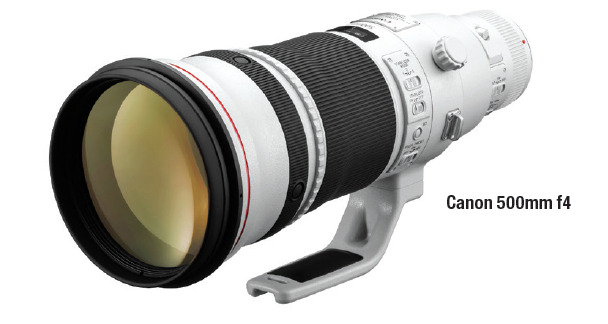

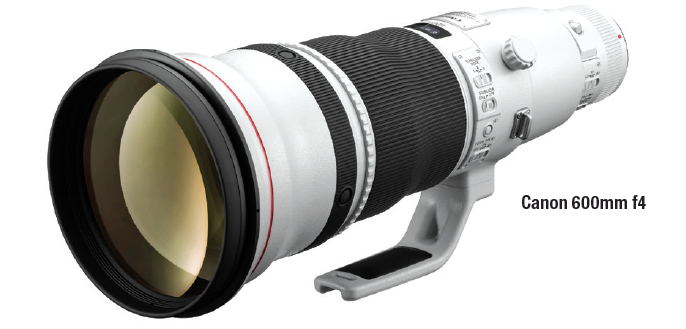
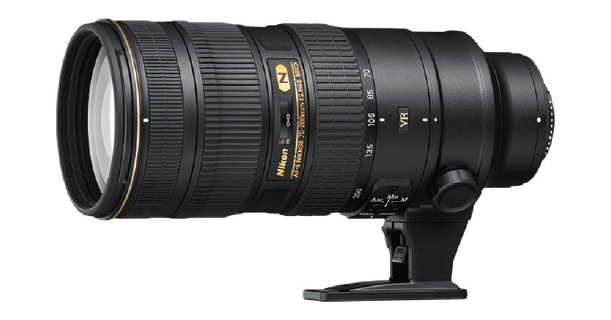
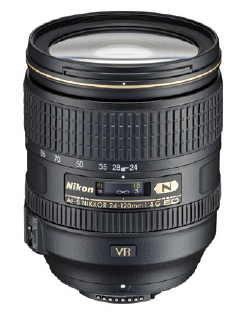 Nikon 24-120 f4 – $1100
Nikon 24-120 f4 – $1100